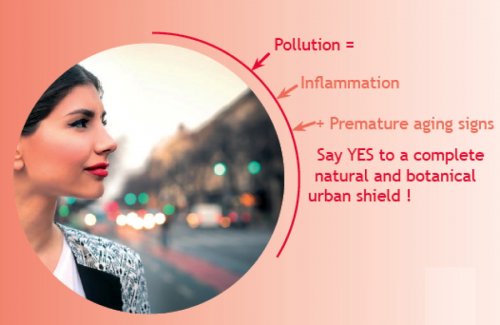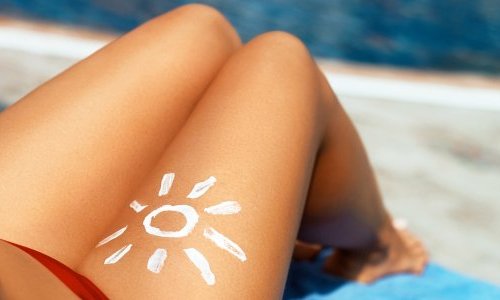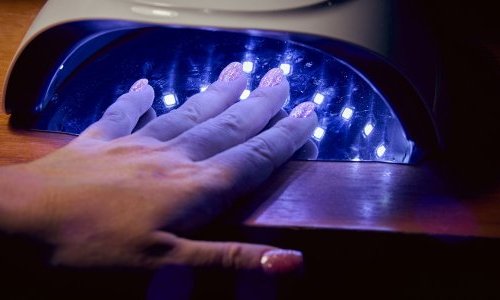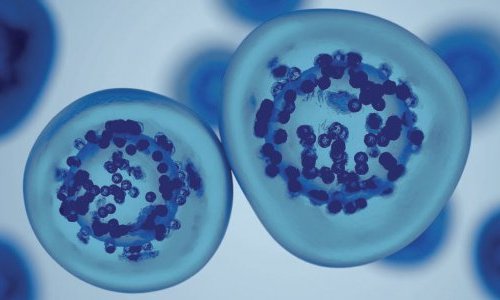
Aïna Queiroz, ID bio
Premium Beauty News - You made quit an impression at the last edition of In-Cosmetics by proposing brands to target the exposome. Can you tell us what it all about?
Aïna Queiroz - We are indeed delighted with the welcome received by our latest launch and for which we chose to focus on the exposome concept. This term, encompasses all the exposures to which we are subjected as individuals from the intrauterine stage - i.e. already in the womb of our mother - to the end of our lives. This term was coined for the first time in 2005 by Dr. Christopher Wild (current Director of the International Agency for Research on Cancer) and was later found in the French Loi Touraine of 2015, as part of the study and management of environmental exposure in France.
If we reconsider the issue in dermo-cosmetics, studies on exposomes are still in their infancy. However, the first scientific journals and publications started to appear, allowing, for example, getting a better understanding of the relationship between exposome and skin ageing. This could lead to very promising new opportunities for our industry in terms of innovation, both on the side of finished product and of active ingredients.
Premium Beauty News - Is this an extension of the product offering developed for fighting urban pollution?
Aïna Queiroz - More than an extension, we want to take a step back because the exposome encompasses a much wider perimeter than urban pollution alone. For example, such factors as stress, microflora, climate, food, tobacco or alcohol consumption, education, UVs, blue light and many other parameters, will be considered as being part of the exposome.
As part of the development of actives planned by ID bio to deal with the exposome, we will of course integrate the anti-pollution dimension, for which we have been already proposing various solutions in the past three years. But finally our offer intends to address more broadly this issue of multiple exposures.
Premium Beauty News - What are the solutions proposed by ID bio?
Aïna Queiroz - The main thread guiding our Research and Innovation department was to identify the vegetable shields capable of preventing and fighting in a complementary manner the various consequences of these exposures. And to reinforce the natural protection of the skin against the diversity of exposome constituents (UVs, tobacco smoke, pollution, stress, temperature variations etc.), we have already imagined and developed three solutions in synergy:
1. A mechanical shield to physically limit the penetration of harmful particles right to the epidermis. This active ingredient is obtained from marshmallow root, with some complex sugars that form at the surface a protective veil in the way of a "glyco-cocoon"
2. A biological shield, which prevents and repairs the effects of a polycyclic aromatic hydrocarbon, a characteristic feature of tobacco smoke and certain exhaust gases. The development of this ingredient was bio-inspired by buckwheat, a plant studied in phyto-remediation (de-pollution of an environment thanks to a plant species) for its ability to capture some heavy metals from the soil and survive.
3. A soothing shield that relieves particularly fragile and regularly exposed skins to stress or temperature changes, for example. This ingredient was designed with an aim to promote a sustainable Limousin co-product: the saffron flower but with its pistil removed.

Premium Beauty News - How does it work?
Aïna Queiroz - Today, different mechanisms are already identified but obviously there is still a lot to discover on this new research thematic. To ensure the complementarity of each of our plant based offers, we explored different avenues. Concerning the mechanical shield, we developed an active with both, anti-adhesive properties vs. the exposure to particles (upstream) and a booster effect for their removal (downstream) in order to imagine a complete effective cosmetic routine, from morning to night.
As for the development of a biological shield, we sought to limit the pro-inflammatory response (IL-8) and preserve skin homeostasis (tight junction, CLDN1 & 4) against UV and benzo[a] pyrene exposures.
In addition, the aim of our soothing shield was to minimize the impact of stress or the skin chafing sensation. For an identical active we therefore highlighted effects on the barrier function (profilaggrine), inflammation (NF-kB/TNF-α) or neurosensory discomfort (TRPV1).
Finally, when we project ourselves at the beginning of each of our innovations, in addition to the final claim targeted (moisturising, slimming, anti-ageing, among others), our reflex is now to ask ourselves if our active couldn’t also protect us from one of the effects of exposome?




























